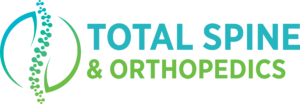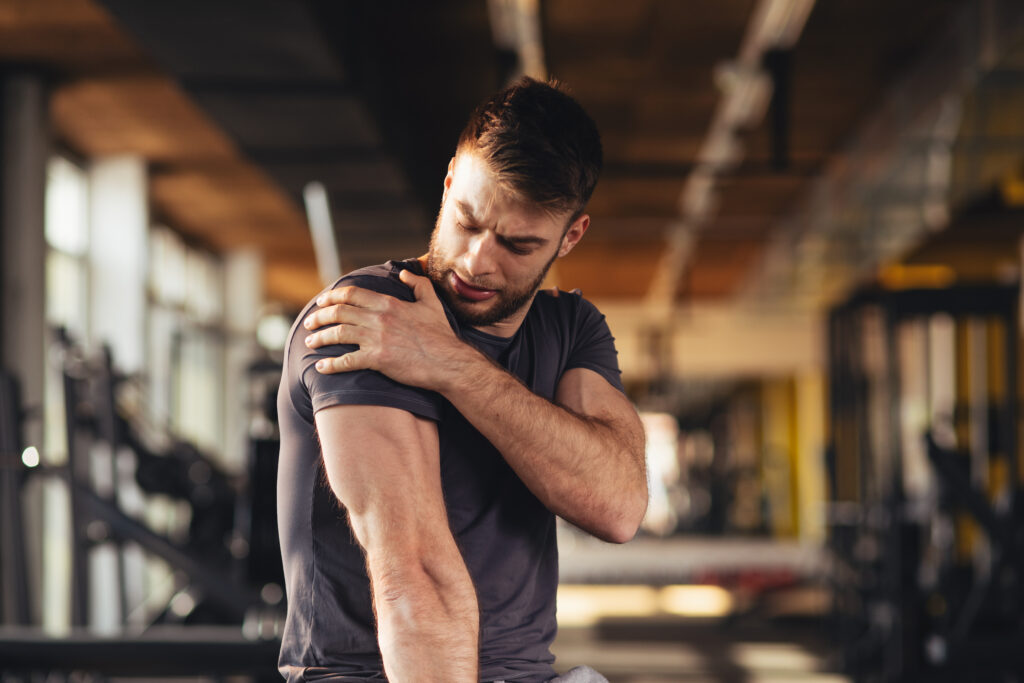
SLAP (Superior Labrum Anterior and Posterior) tears are a type of shoulder injury that affects the labrum, the cartilage that surrounds the shoulder joint. The labrum helps to stabilize the joint and provides a surface for the shoulder blade to move on. A SLAP tear occurs when the labrum is damaged, usually from a traumatic event such as a fall or a sports injury.
Symptoms of a SLAP tear include dull or sharp pain in the shoulder, difficulty with certain movements such as lifting and reaching overhead, and a popping or clicking sensation in the joint.

Diagnosis of a SLAP tear typically involves a physical examination, as well as imaging tests such as an MRI or an arthrogram, which is an X-ray that is taken after a dye is injected into the joint.
Treatment for a SLAP tear will depend on the severity of the injury and the patient's symptoms. In some cases, conservative treatment, such as physical therapy, may be sufficient to alleviate symptoms and allow for a full recovery. However, in more severe cases, surgery may be necessary.
Surgery is typically recommended for severe cases or for patients who have not responded to other forms of treatment. The most common type of SLAP surgery is called arthroscopy and is performed through small incisions in the shoulder. The damaged labrum is repaired or removed, and the shoulder joint is checked for any other issues.
Proper diagnosis of a SLAP tear is crucial in order to determine the best course of treatment. A SLAP tear can often be difficult to diagnose, as symptoms can be similar to those of other shoulder injuries, such as rotator cuff tears or impingement.
Recovery time after surgery can vary, but most patients are able to return to their normal activities within a few weeks to a few months depending on the level of physical activity and other factors.
It's important to note that after the surgery, physical therapy is typically necessary to regain the strength and range of motion in the shoulder.

Melbourne: 709 S Harbor City Blvd, Ste 110, Melbourne, FL 32901
Orlando: 9145 Narcoossee Rd, Ste A200, Orlando FL 32827
Titusville: 494 N Washington Ave, Titusville, FL 32796
Our Hours: Monday - Friday 8:00 AM to 5:00 PM
Copyright © Total Spine and Orthopedics - Icons From FlatIcon